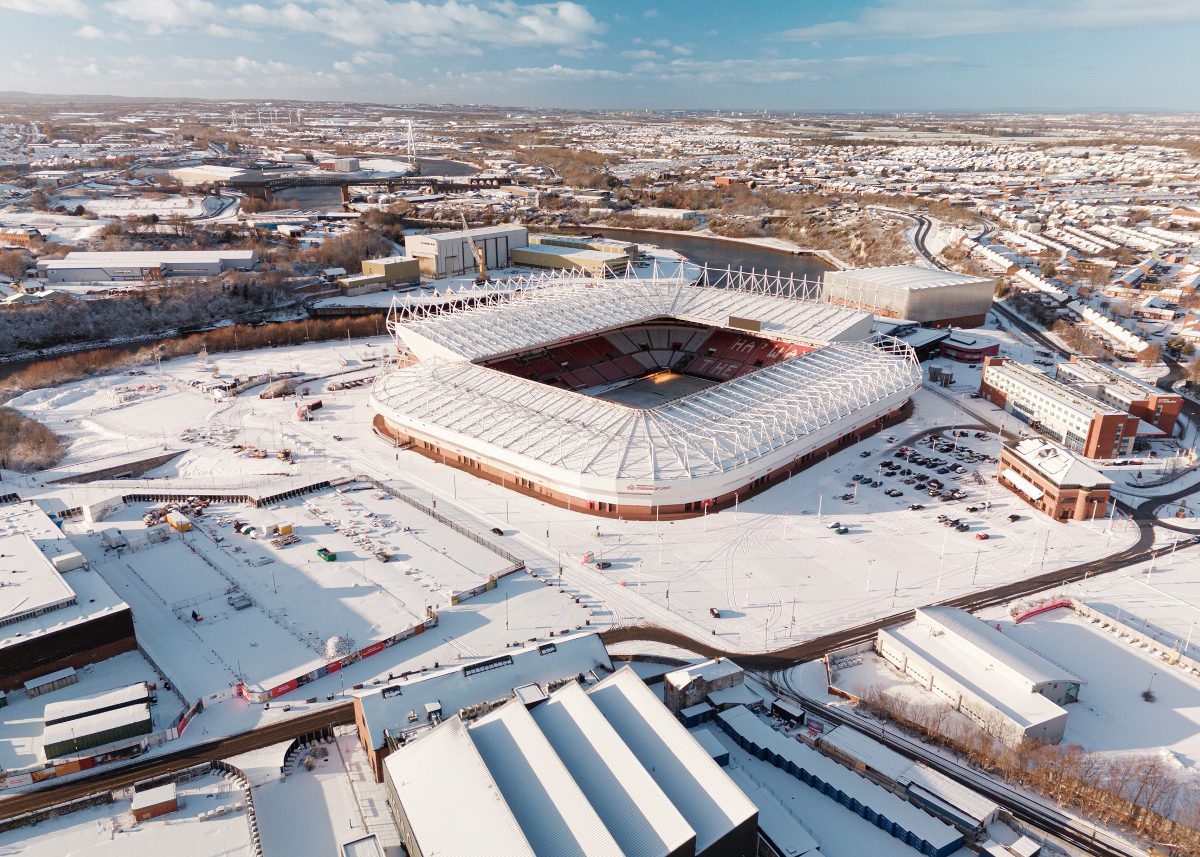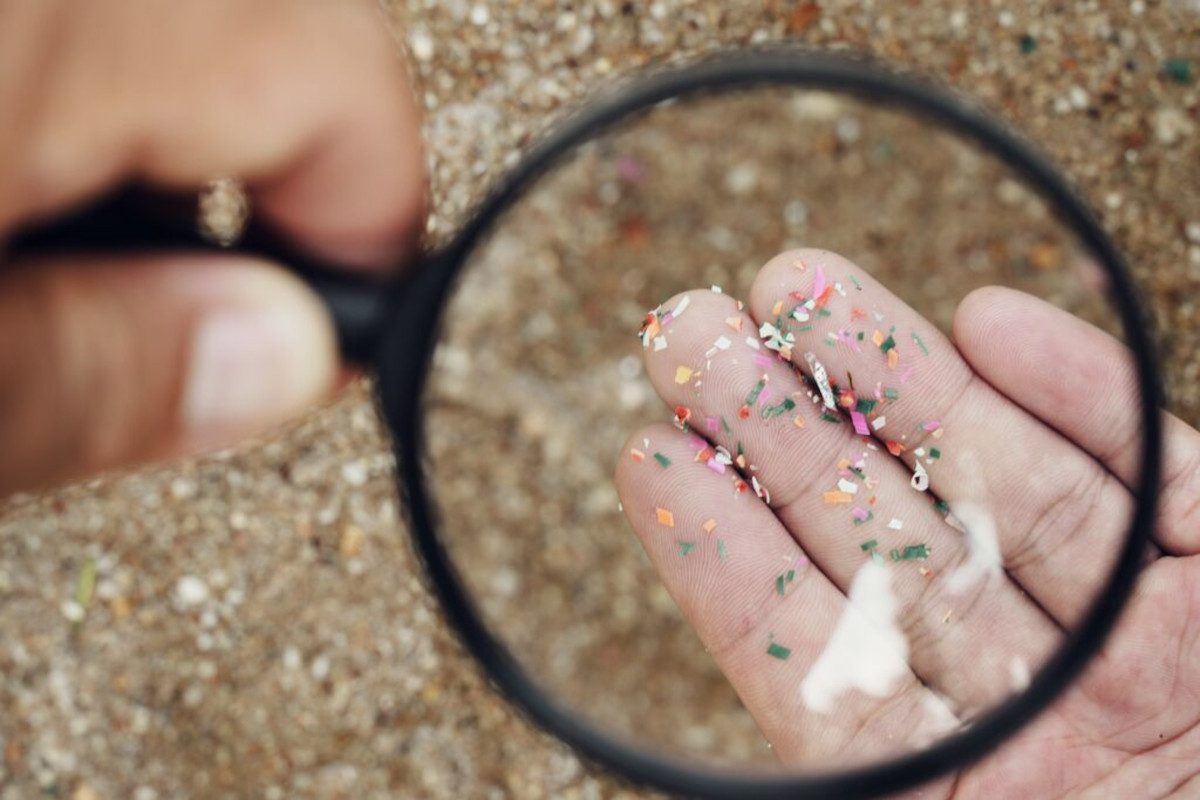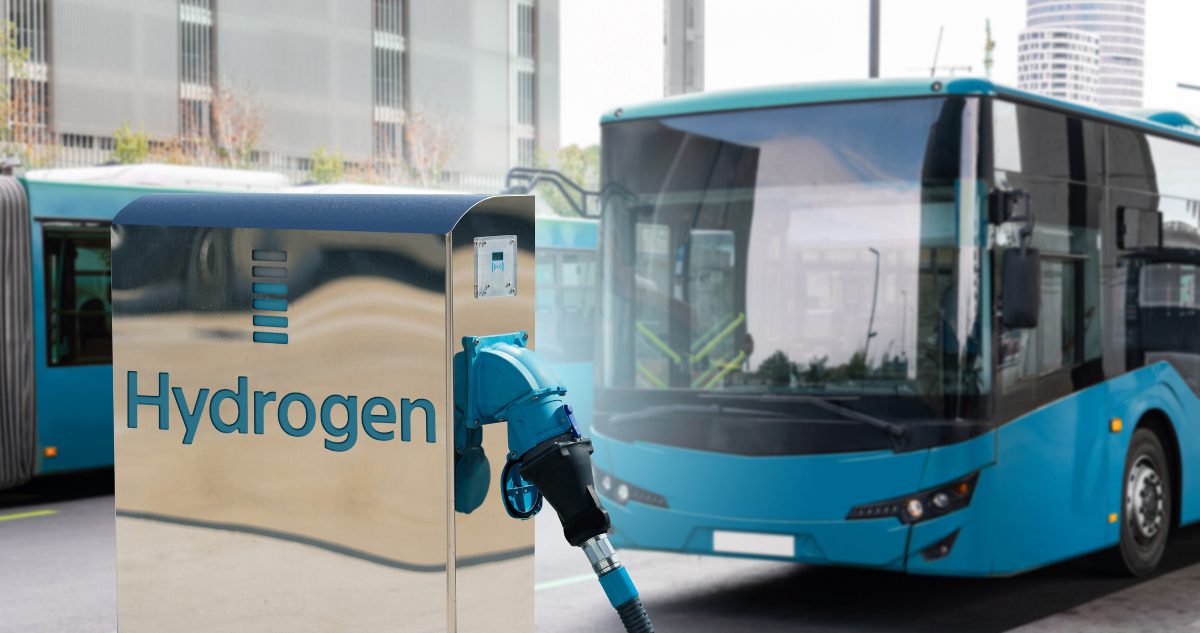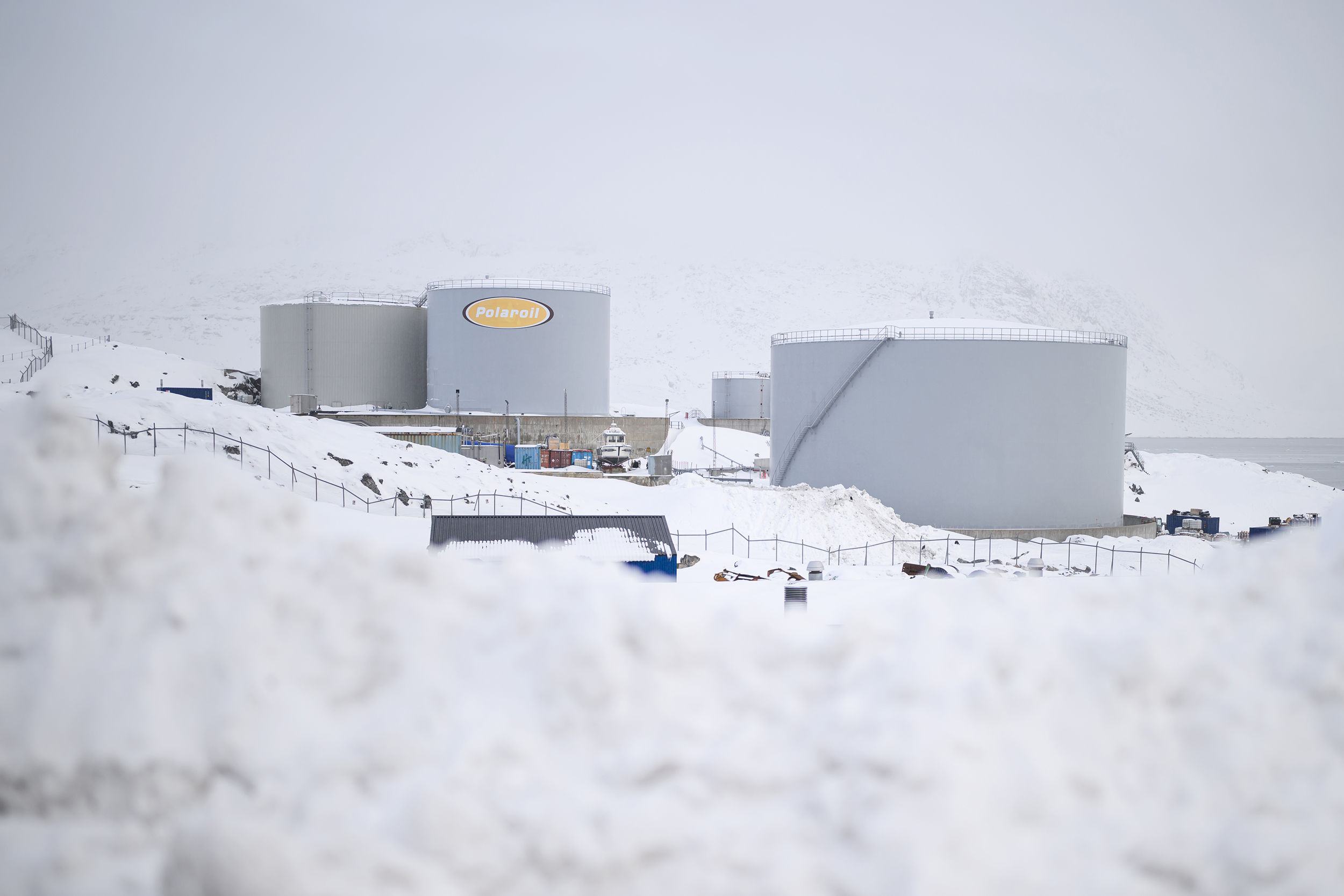Researchers in Japan have developed a seemingly more sustainable alternative to Portland cement, in the form of a geopolymer-based soil solidifier developed from Siding Cut Powder (SCP), a construction waste byproduct, and Earth Silica (ES), sourced from recycled glass.
The method promises to divert construction waste from landfill, and turn it into a high-value construction input.
While geopolymers have previously been explored as potential replacements for cement, this latest work appears to be significant for combining two waste products, while achieving high performance and resilience to extreme conditions. It also addresses engineering challenges such as arsenic leaching, that might otherwise obstruct the effort to use such materials in construction.
A paper detailing the method was published in the Cleaner Engineering and Technology journal in May by researchers from the Shibaura Institute of Technology (SIT).
As the group explains, the combination of SCP and ES forms a geopolymer-based solidifier capable of enhancing soil-compressive strength beyond construction-grade thresholds of 160 kN/m2.
Thermally treating SCP at 110 °C and 200 °C is a crucial step that enhances its reactivity and allows for reduced material usage without compromising performance.
SIT’s Professor Shinya Inazumi said: “This research represents a significant breakthrough in sustainable construction materials.”
“By using two industrial waste products, we developed a soil solidifier that not only meets industry standards but also helps address the dual challenges of construction waste and carbon emissions.”
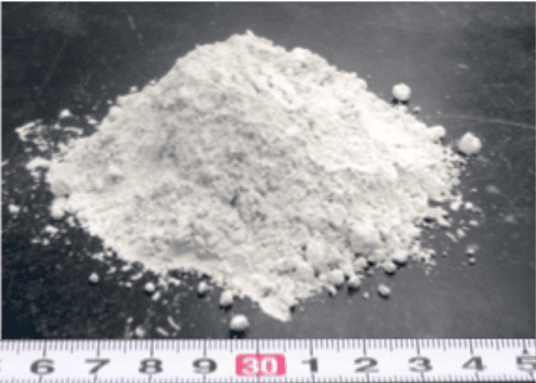
Environmental safety has also received attention in the approach, addressing concerns with arsenic leaching that can hamper efforts to reuse recycled glass content. Inazumi said: “Sustainability cannot come at the expense of environmental safety. Most importantly, we identified and solved a potential environmental concern: when arsenic leaching was detected in initial formulations, we demonstrated that incorporating calcium hydroxide effectively mitigated this issue through the formation of stable calcium arsenate compounds, ensuring full environmental compliance.”
He outlined numerous practical applications with wide-reaching real-world impact. For example, in urban infrastructure, to stabilize weak soils beneath roads, buildings, and bridges without relying on carbon-intensive Portland cement.
“This is particularly valuable in areas with problematic clay soils where conventional stabilization methods are costly and environmentally burdensome.”
Disaster-prone regions could benefit from rapid soil stabilization using these materials, which he said had demonstrated good workability and setting times compatible with emergency response needs. In addition, rural infrastructure projects in developing regions could deploy the materials to create stabilized soil blocks for construction, providing a low-carbon alternative to fired bricks or concrete.
The solution also seems to answer a need for greater decarbonization in the construction sector, with the geopolymer solidifier offering an alternative that appears to exceed the performance of traditional methods but with a lighter carbon footprint.
And in geotechnical engineering firms, the results appear to establish durability under extreme conditions (i.e., sulphate attack, chloride ingress, freeze-thaw cycles).
By replacing Portland cement, the approach supports efforts to comply with green building certifications and carbon reduction targets.
Cement production currently accounts for 7–8% of global CO2 emissions.



